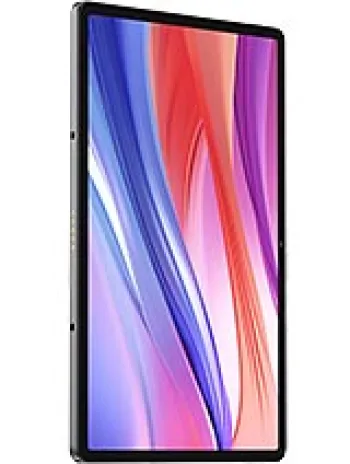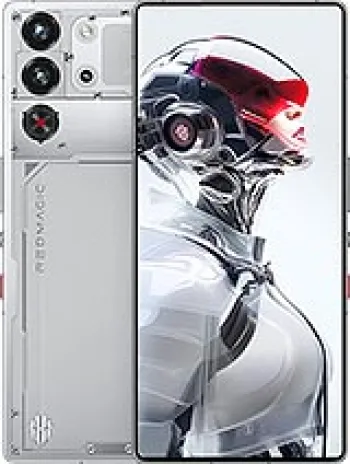
Overview of ZTE Avid 4G
The ZTE Avid 4G is a smartphone that was launched in December 2012. Known for being budget-friendly, it served as a device aimed at consumers seeking basic smartphone features with LTE network support at an affordable price, approximately around 110 EUR. Although it has been discontinued, the device still holds interest for retro technology enthusiasts and those looking into the evolution of budget smartphones.
Network Capabilities
The ZTE Avid 4G supports a range of network technologies including CDMA, EVDO, and LTE, making it versatile for its time. Specifically, it operates on CDMA 800/1700/1900/2100 bands for 2G, CDMA2000 1xEV-DO for 3G, and LTE bands 2 and 4 for 4G connectivity. The device offered data speeds up to EV-DO Rev.A 3.1 Mbps and LTE, enabling users to browse the internet and stream multimedia relatively smoothly given the network conditions of its era.
Design and Build
Physically, the ZTE Avid 4G measures 124 x 65.5 x 11.9 mm and weighs approximately 148.8 grams (5.22 oz). It employs a Mini-SIM format and features a modest but functional design typical of early 2010s smartphones. The phone's build is practical and straightforward, with a conventional black color theme that aligns with professional and everyday use.
Display
The display on the ZTE Avid 4G is a 4.0-inch TFT screen, showcasing 256K colors. It offers a screen resolution of 480 x 800 pixels with approximately 233 ppi pixel density. While the display specifications do not promise high-end visual performance, it is adequate for basic tasks such as calls, text messaging, simple gaming, and light browsing.
Platform and Performance
Powered by a dual-core 1.2 GHz CPU, the ZTE Avid 4G runs on Android 4.0 Ice Cream Sandwich. Though outdated by modern standards, at launch this OS version provided a reasonable user experience with access to essential apps and services through the Google Play Store. Performance-wise, the device suited the needs of users looking for straightforward functionality without demanding intensive resource applications.
Memory and Storage
Internal storage on the device is 4GB, with approximately 2.3GB available to the user, which can be expanded via a dedicated microSDHC card slot. The RAM stands at 512MB, limiting the ability to run multiple applications simultaneously but manageable for basic operations and essential apps. Users of ZTE Avid 4G typically embraced cloud services or external storage solutions to manage their files efficiently.
Camera System
The main camera of the ZTE Avid 4G is a modest 5 MP shooter with autofocus and LED flash, suitable for simple photography tasks and capturing quick moments. It supports video capture, although the quality is limited compared to modern smartphone capabilities. Additionally, the device includes a front-facing VGA camera for basic selfies and video calls.
Sound and Multimedia
The ZTE Avid 4G features basic sound functionalities including a loudspeaker and a 3.5mm audio jack for headphones, catering to traditional wired audio devices. Despite the lack of advanced multimedia features, it supports the essential audio and video formats for a satisfactory entertainment experience.
Connectivity
In terms of connectivity, the ZTE Avid 4G includes Wi-Fi 802.11 b/g/n with hotspot capabilities, Bluetooth, and GPS. While it lacks NFC and radio features, it offers microUSB 2.0 for data transfer and charging. These connectivity options were adequate for most users during its time on the market.
Sensors and Additional Features
Sensors in the ZTE Avid 4G include an accelerometer and proximity sensor, supporting basic interaction and operation of the device. These sensors allowed for features like auto-rotation and screen dimming during calls, enhancing user convenience.
Battery Life
The device is equipped with a removable Li-Ion 1730 mAh battery, providing a standby time of up to 260 hours and talk time of up to 4 hours. While battery life is limited by current standards, such capacity was standard for entry-level smartphones at the time, necessitating frequent charging for active users.
Conclusion
Overall, the ZTE Avid 4G served as a functional entry-level smartphone in its era. With a design and feature set aiming at affordability, it was a practical choice for users under budget constraints or those seeking a secondary device. Its legacy highlights the progression in smartphone technology from basic functionality to the multi-faceted devices we utilize today.
ZTE Avid 4G Key Features
- Supports CDMA, EVDO, and LTE technologies
- Includes 4G LTE support on bands 2 and 4
- Compact dimensions: 124 x 65.5 x 11.9 mm
- Lightweight with a weight of 148.8 g
- 4.0-inch TFT display with 480 x 800 pixel resolution
- Runs on Android 4.0 (Ice Cream Sandwich)
- Powered by a Dual-core 1.2 GHz CPU
- Expandable storage via microSDHC card slot
- 5 MP main camera with autofocus and LED flash
- VGA front camera
- Includes Wi-Fi b/g/n and hotspot capabilities
- GPS support for positioning
- Removable 1730 mAh battery
- Includes standard 3.5mm headphone jack and microUSB 2.0
- Sensors include accelerometer and proximity
Disadvantages of ZTE Avid 4G
- Outdated Operating System: Android 4.0 (Ice Cream Sandwich) is significantly outdated, limiting app compatibility and lacking modern features.
- Low Internal Storage: The device comes with only 4GB of internal storage, with just 2.3GB available to the user, which is insufficient for modern app and media storage needs.
- Limited RAM: 512MB RAM is quite low, leading to potential performance issues and difficulty running modern apps smoothly.
- Poor Display Quality: The TFT display with 256K colors and a resolution of 480 x 800 pixels results in mediocre screen clarity and color reproduction.
- Basic Front Camera: The VGA selfie camera offers very low resolution, resulting in poor quality images.
- No NFC or Radio: The absence of NFC limits contactless payment options, and no radio adds to the lack of multimedia features.
- Discontinued Status: As the device is discontinued, support and updates from the manufacturer are unlikely.
- Limited Battery Life: The 1730 mAh battery offers limited talk time of up to 4 hours, necessitating frequent charging.

View Also
More Phones
All Rights Reserved +14266 Phones © Mobilawy 2025

























